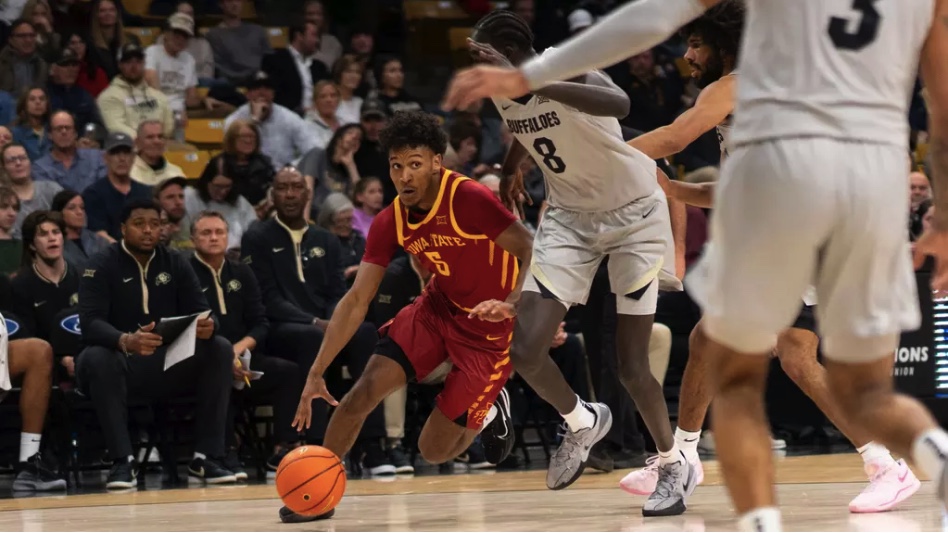Cincinnati riots a wake-up call for rest of America
April 16, 2001
Growing up in a hometown where racial diversity consisted of an outcropping of Norwegians among a bunch of Irish Catholics, I had the impression that racial tension had gone the way of bellbottoms and leisure suits.
The internment of Japanese-Americans during World War II, the civil rights movement and Wounded Knee all seemed antiquated and irrelevant to my life, and I think the only reason I was interested in any of these subjects during their brief appearance in my history classes was the incredulous nature with which I viewed them.
I didn’t question the historical validity of the events, merely the plausibility that they were symptomatic of the racial tensions that smolder under the surface of American life.
Recent events in the United States are evidence that not only is racial tension still a reality for our nation, but also that our capability to thoughtfully address tension is not yet fully developed. Cincinnati was a wake-up call that showed what happens when people react in anger and fear.
The riots in Cincinnati last week following the shooting of an unarmed black man by a city police officer produced some footage I never expected to see on the U.S. news. One particular clip shows a black woman protesting a few feet from a line of shielded, armed, helmeted police officers.
She appeared old enough to be my mom and a police officer sprayed her face directly with tear gas as she was peacefully protesting the shootings.
I watched more of the news, and the scenes seemed eerily familiar. Then I recalled I had watched some footage from Little Rock, Birmingham and Selma during my class on the civil rights movement.
I have no wish to make a martyr of the shooting victim, nor a criminal of the police officer. The shooting victim, Timothy Thomas, was a college-age person wanted on 14 counts, mostly traffic violations.
Police officers daily make split-second decisions on the street and in the dark. The tragedy is in the collision of pursuit of an arrest warrant and the decision to pull a trigger on an unarmed person.
The real story in Cincinnati is that four black men have been shot by police since November, that none of them made national news, and that something so potent under the surface transformed protesters into rioters.
When you see people of all ages and backgrounds spontaneously flooding into the streets and then watch some of them begin to riot, you know that extraordinary circumstances and extreme emotions are creating a situation no one anticipated. The latest shooting only exacerbated something already raw and hurtful for the people of Cincinnati.
It is reasonable for peaceful protesters to risk arrest to affect social change. It is reasonable for community members to implore the powers that be to make the shootings stop.
As many viewers were quick to point out, riots, violence and property damage will not effectively sway public opinion in favor of those rioting, even if they began with peaceful protest and even if the protesters do not condone violent riots.
I am simply agog that a Midwestern city was declared a state of emergency and that an 8 p.m. to 6 a.m. curfew was enforced as a result of racial tension. I had thought places declare a state of emergency only during times of war, giant earthquakes and coup d’etat.
It was amazing to me that a place as unassuming as Cincinnati, Ohio, could garner such unrest that city government would effectually declare martial law to keep people from being in public for 10 hours per day.
I am saddened not only by the violence in Cincinnati, but also by the other facets of racial tension evident not only this week, but within our culture daily.
I wonder how we become desensitized to jokes and remarks and then react with surprise and shock with events such as last week in Cincinnati.
The curfew was lifted for a few more hours on Sunday evening, so that people in Cincinnati had more time to spend with their families over the Easter weekend.
I hope that sometime during the weekend they remembered a story of another young man killed by the system, another common criminal. I hope they recalled stories of people of different backgrounds and languages gathering together to live in service to one another. I hope they considered redemption, not only for the accused, but for the accuser.
Cincinnati is evidence that our nation needs new life. We easily believe that the struggles in our history are no longer reality in the present. We have an opportunity to reflect and assess our approach toward race relations, and rise above reactionary violence and seek peace.
Rachel Faber is a senior in agronomy from Emmetsburg.






